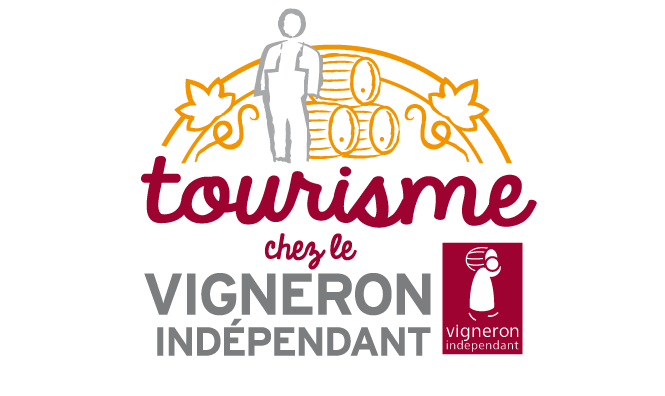Blind tasting: sensory exploration
Blind tasting is more than just drinking wine. It's an immersive experience where every sensory detail counts. By hiding the labels and masking the wine's origin, you free your senses to fully capture the aromas, flavors and textures. This approach allows you to authentically discover the subtle nuances and unique characteristics of each wine, without any detrimental visual influence.
How to organize a blind tasting at home
Organizing a blind tasting at home is simple and fun. Start by selecting a variety of wines to discover, choosing different grape varieties or exploring a specific wine region. Carefully hide the bottles in covers or bags to preserve anonymity. Serve each wine in identical glasses for a uniform experience, and record your sensory observations before revealing the wines for an enriching comparative discussion.
The benefits of blind tasting to refine your palate
Blind tasting is much more than a simple tasting exercise. It provides intensive training for the palate, enabling critical analysis of a wine's sensory characteristics. By focusing on aromas, acidity, tannins and length on the palate, you hone your ability to identify and appreciate subtle nuances. This practice also boosts your confidence in your evaluation skills and enables you to develop a precise vocabulary to describe your taste discoveries.
Advanced techniques to perfect your art of blind tasting
Explore advanced methods to deepen your understanding of wine during blind tastings. Use the tasting grid to structure your evaluation, scoring each wine visually, olfactory and gustatory. Compare the characteristics of grape varieties, vintages and wine-growing regions to identify trends and unique distinctions. Refine your technique by practicing regularly and incorporating blind tasting sessions into your wine exploration.
Tips for selecting wines for a successful blind tasting
Choosing the right wines is essential for a rewarding blind tasting. Opt for a variety of styles and varietals to explore the full range of wine flavors and textures. Select quality wines with distinct taste profiles, such as full-bodied reds with pronounced tannins or refreshing whites with lively acidity. Vary vintages to discover how aging affects a wine's character and to enrich your understanding of its complexity.
Blind tasting is much more than a sensory exercise; it's an immersion in the art of wine. By freeing your senses from preconceived expectations, you discover wine with renewed curiosity and deeper appreciation. Use this method to enrich your tasting experience, refine your palate and deepen your love of wine.
Blind tasting eliminates visual prejudices and enables a more authentic sensory exploration of wines. It encourages objective analysis of aromas, flavors and textures, offering an enriched experience free from outside influence.
For a successful blind tasting, select a variety of wines representing different grape varieties, styles and wine-growing regions. Carefully hide the labels and serve the wines in identical glasses for a fair comparison.
Use a tasting grid to structure your evaluation, noting the visual, olfactory and gustatory aspects of each wine. Compare characteristics to identify nuances and differences, keeping a record of your impressions before discovering the wines.
Blind tasting improves the ability to recognize and describe the taste profiles of wines. By focusing on sensory details, it enhances palate sensitivity and develops a precise vocabulary for describing subtle nuances.
Practice blind tasting regularly by exploring a varied range of wines. Note the unique characteristics of each wine, such as dominant aromas, acidity, tannins and length on the palate, to hone your sensory evaluation skills.






















